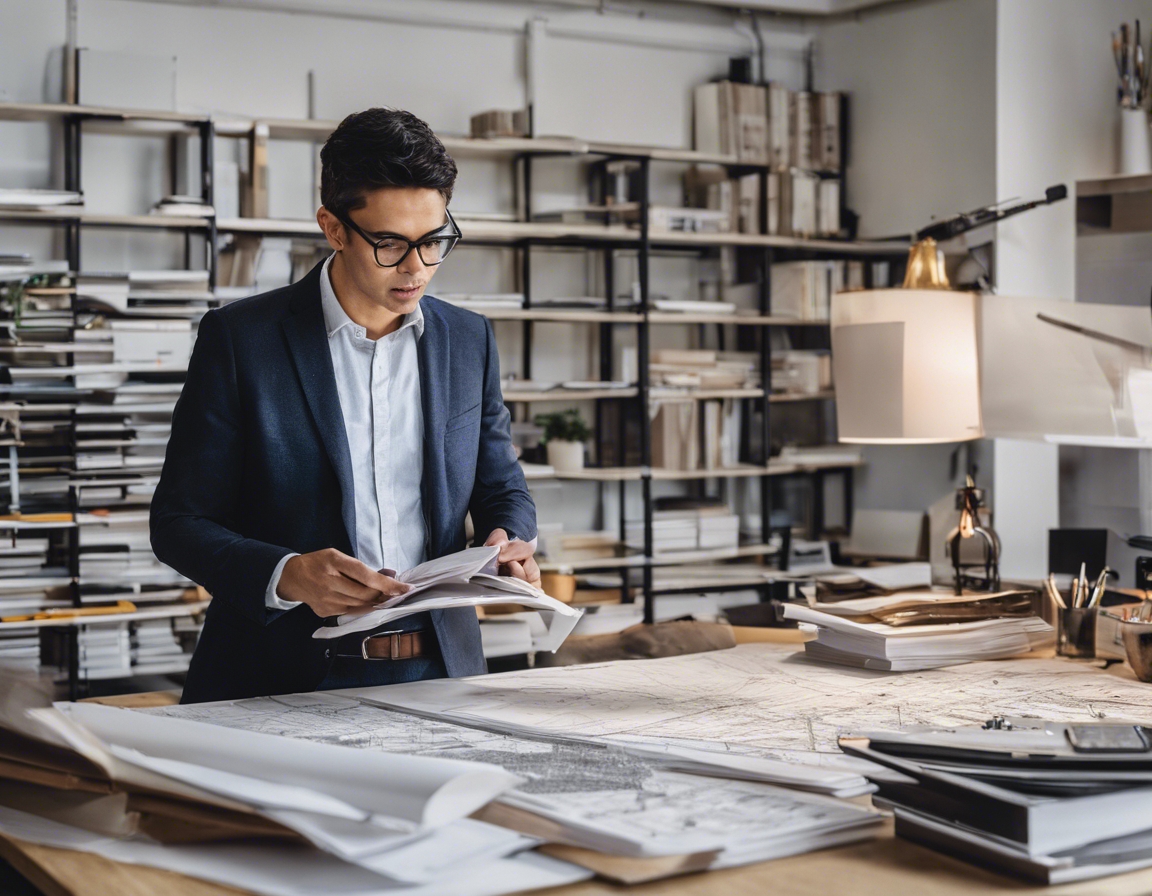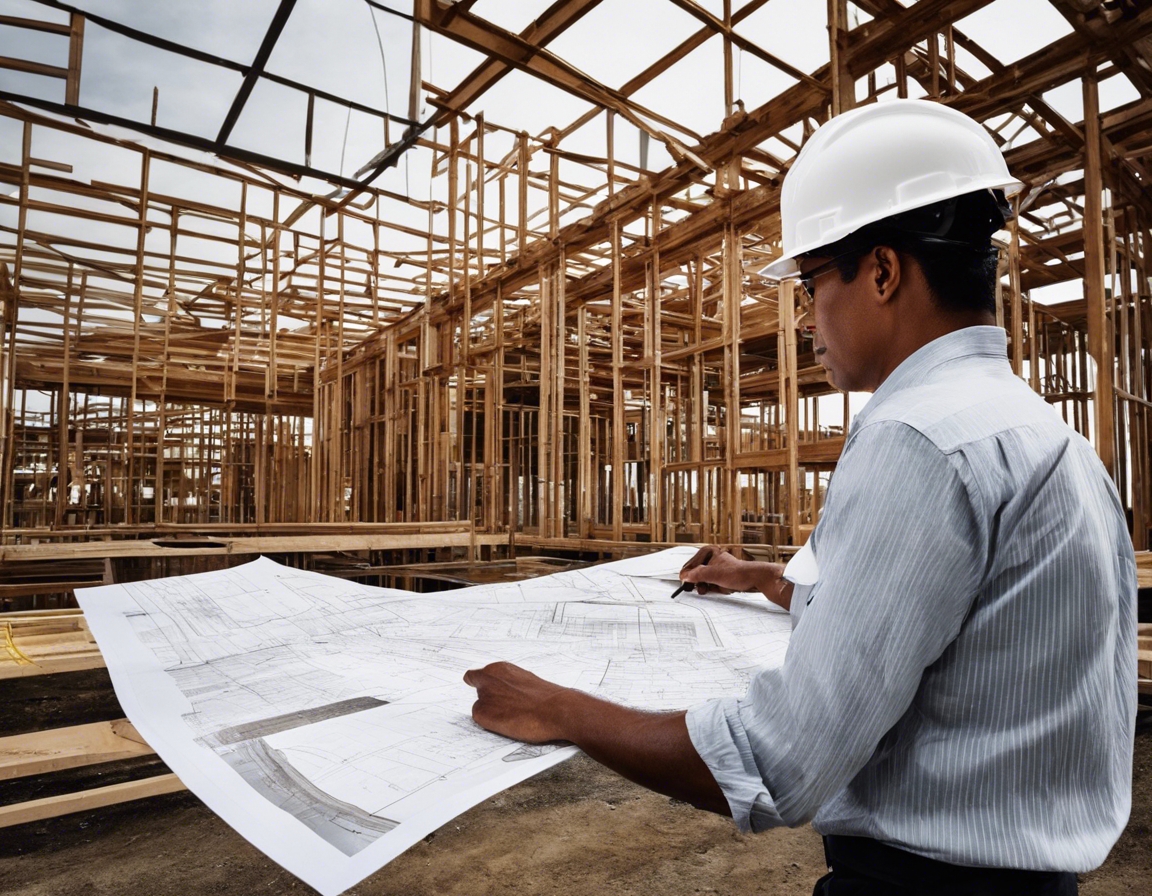5 trends shaping the future of architectural design
The world of architectural design is constantly evolving, influenced by changes in technology, society, and the environment. As we look to the future, several key trends are emerging that promise to shape the way we design and interact with our built environment. In this post, we will explore five of these trends that are poised to transform architectural design.
1. Sustainable and Green Design
Architects are increasingly seeking out materials that are not only durable and aesthetically pleasing but also environmentally friendly. This includes the use of recycled materials, sustainably sourced wood, and low-emission products.
Integrating renewable energy sources like solar panels and wind turbines into building designs is becoming more common. This not only reduces the carbon footprint of buildings but also leads to long-term cost savings.
Green roofs and living walls offer a way to bring nature into urban spaces, improve air quality, and provide insulation. These features are becoming a staple in modern architectural design.
2. Technological Integration in Architecture
Smart buildings equipped with IoT devices can optimize energy consumption, enhance security, and improve overall building management. These technologies are becoming integral to modern architecture.
VR and AR tools are revolutionizing the design process, allowing architects and clients to visualize and experience spaces before they are built.
3D printing is enabling architects to create complex, customized building components at a lower cost and with greater speed than traditional construction methods.
3. Adaptive Reuse and Space Optimization
Adaptive reuse involves repurposing old buildings for new uses, preserving historical value while meeting modern needs.
The demand for flexible spaces that can serve multiple purposes is on the rise, leading to innovative designs that can adapt to changing needs.
The tiny house movement emphasizes minimalism and efficiency, influencing architects to think creatively about small-scale, high-functioning designs.
4. Biophilic Design for Enhanced Well-being
Biophilic design focuses on integrating natural elements into buildings to create a sense of connection to the outdoors and promote well-being.
Architects are prioritizing spaces that enhance the human experience, with considerations for natural lighting, ventilation, and acoustics.
Studies show that biophilic design can lead to improved health outcomes and increased productivity, making it a compelling approach for future projects.
5. Cultural and Contextual Architecture
Architects are embracing designs that reflect the local history and culture, creating buildings that are both unique and contextually relevant.
Context-aware design takes into account the surrounding environment, climate, and social factors, leading to buildings that are harmonious with their settings.
While global trends influence design, there is a growing trend to use local materials and craftsmanship to ground buildings in their specific locale.






Comments (0)